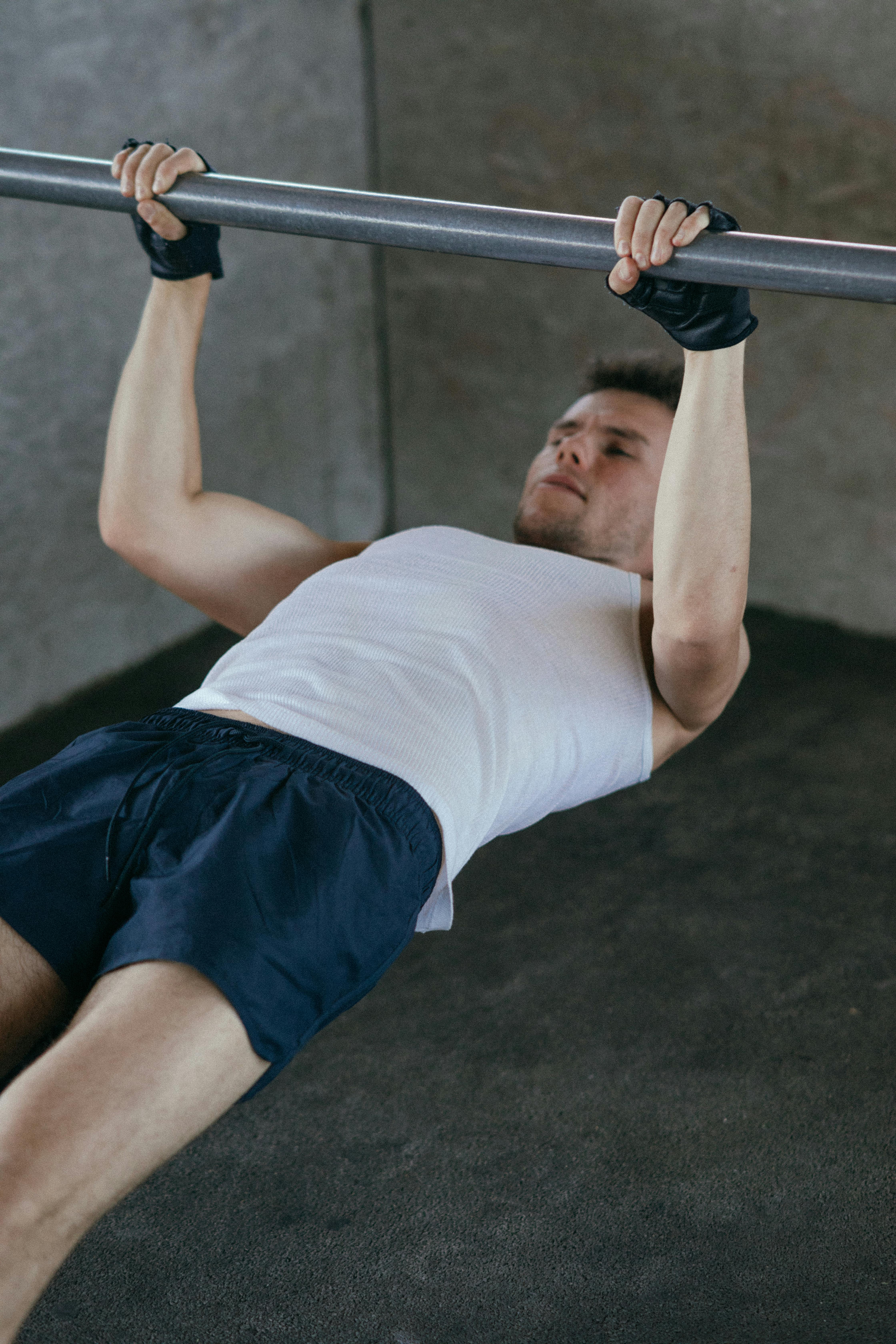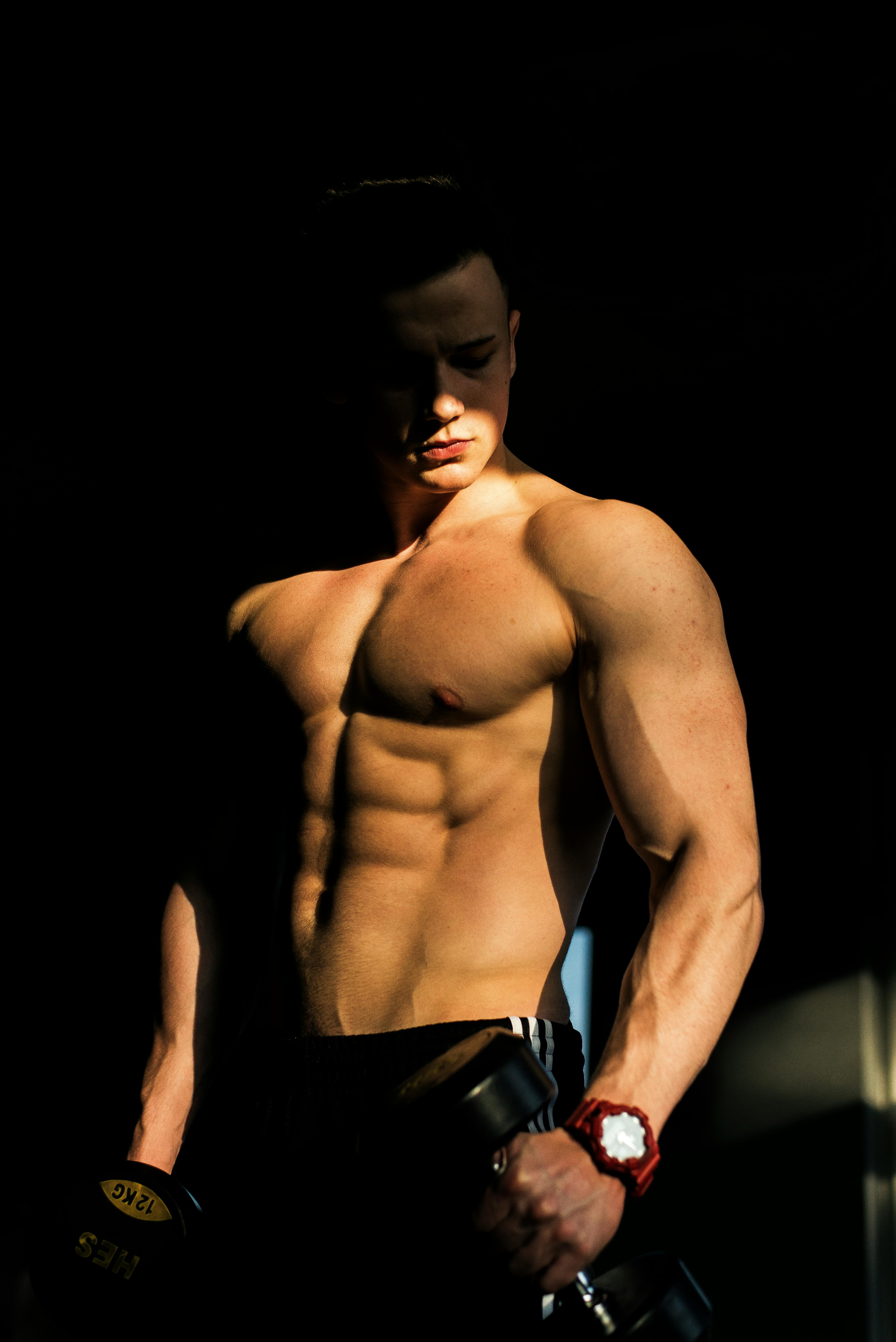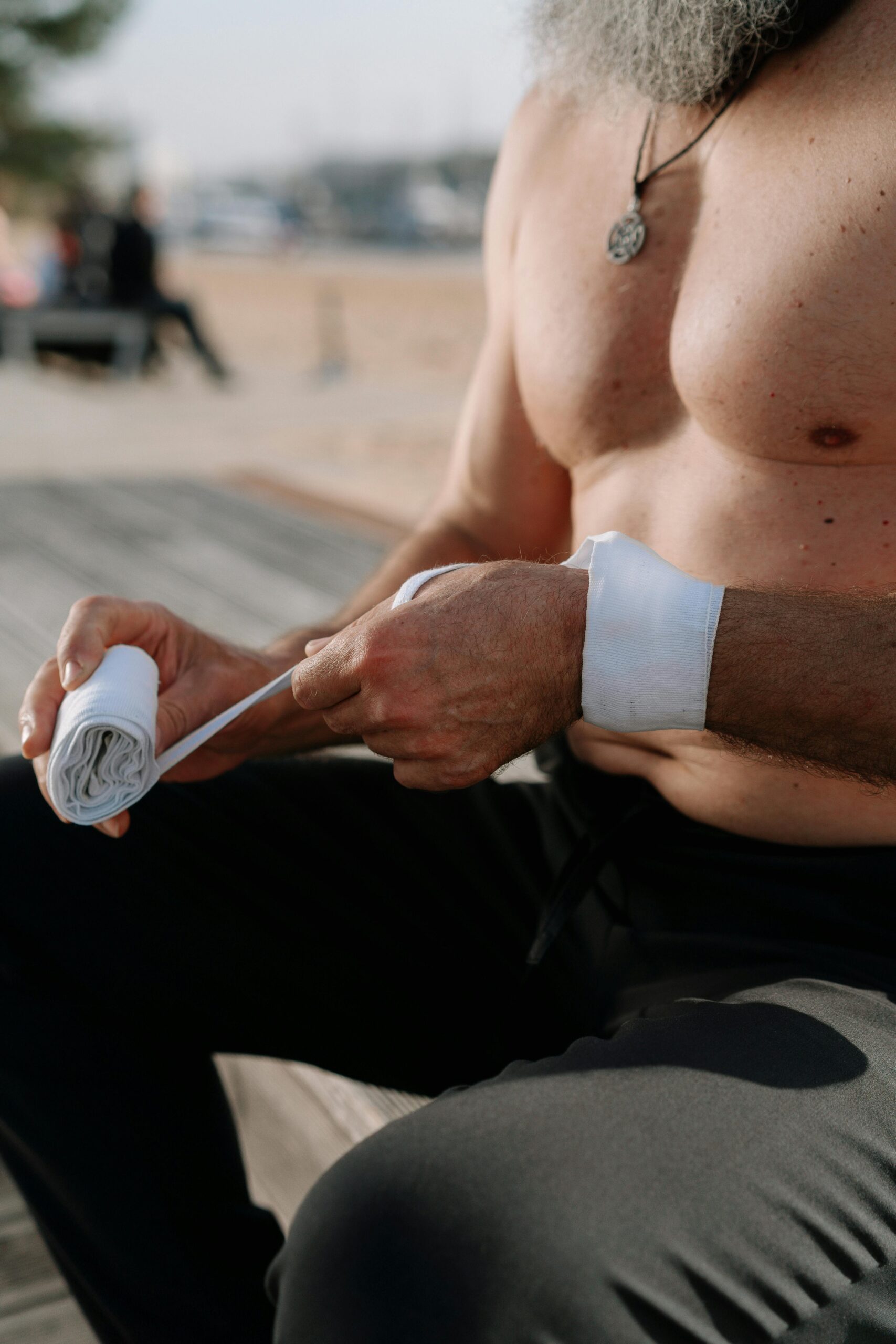Best 5 Exercises for Upper Chest: Essential Moves for 2025
Understanding Upper Chest Training Essentials
The upper chest, or the clavicular head of the pectoralis major, is often a neglected area in many workout routines. Yet, robust upper chest muscles contribute to a well-rounded, powerful physique. Focusing on upper chest exercises not only enhances aesthetics but also improves overall upper body strength, benefiting various physical activities. Whether you aim to increase muscle mass, enhance definition, or boost performance in sports, targeted training can be incredibly effective.
Engaging in upper chest workouts can provide unique advantages. For one, they can improve shoulder stability and posture, essential for anyone engaged in dynamic sports or strength training. Furthermore, working this area can help in achieving a balanced muscle distribution across the entire chest, avoiding common imbalances that might lead to injuries. This article will outline the top five exercises specifically designed to sculpt and strengthen the upper chest, ensuring you get the best out of your workouts in 2025.
Let’s dive into the essential techniques, variations, and optimal usage of each exercise to maximize your upper chest gains.

How to Effectively Use Incline Bench Press
Choosing the Right Angle
The incline bench press is a cornerstone exercise for upper chest training. By adjusting the bench to an angle of 30-45 degrees, you can effectively target the upper portion of your pectorals. Using a barbell or dumbbells, this exercise can lead to substantial muscle hypertrophy in your upper chest.
When performing this exercise, it’s vital to maintain proper form—keeping your shoulders back and your feet flat on the ground. Gradually increase weight to ensure progressive overload, which is crucial for muscle growth. Regularly incorporating this into your routine can lead to significant strength and muscle gains.
Proper Execution Techniques
Execution is key to maximizing the benefits of the incline bench press. Lying back on the bench, grip the barbell slightly wider than shoulder-width apart. As you lower the barbell, engage your chest and push through your palms, returning to the starting position with control. During your sets, aim for 8-12 repetitions for optimal muscle activation.
Identifying common mistakes, such as excessive arching of the back or letting the weights drift too low, is essential. These can lead to injuries and diminish the exercise’s effectiveness.
Incorporating Variations for Progress
Your routine can benefit from variations of the incline bench press. For example, switching to a Smith machine, using resistance bands, or incorporating pauses at the bottom of each rep can further stimulate muscle growth and keep workouts engaging. Tailor your training plan by experimenting with these variations to find what yields the best results for your upper chest development.
Mastering Dumbbell Flyes for Chest Development
Setting Up for Success
Dumbbell flyes are another effective upper chest exercise that promotes expansion and hypertrophy. Starting with a flat or incline bench, lie down and hold a dumbbell in each hand above your chest, arms slightly bent. As you lower the weights outwards, feel a stretch across your chest, before bringing them back together.
This motion helps isolate the chest muscles, making it an excellent complementary exercise to compound movements like the bench press. Ensure to maintain a steady pace throughout the set to maximize muscle engagement.
Maximizing Stretch and Contraction
Focusing on the stretch and contraction can optimize your results from dumbbell flyes. Aim to stretch the chest fully before contracting it back together. Aim for higher repetitions—around 10-15 per set—particularly as this can enhance muscular endurance while reinforcing stabilization in your upper body.
Pairing with Other Exercises
Integrating dumbbell flyes into your workout routine enhances connectivity between different chest exercises. Pairing it with incline bench press in the same session not only provides a thorough workout for the entire chest but specifically targets the upper region for muscle balance.
The Power of Incline Dumbbell Press
Forming the Foundation
The incline dumbbell press is similar to the bench press but emphasizes the upper chest. Set the bench to an incline, lie back, and press two dumbbells upward. Start with lighter weights to focus on form before increasing the load.
Incorporating proper form—such as keeping wrists straight and elbows slightly bent—helps to prevent injury while effectively targeting upper chest muscles.
Progressive Overload Methods
For continuous improvement, apply progressive overload principles. Gradually increase weights, adjust your repetitions, or change rest intervals between sets. This ensures that your muscles are continually challenged, promoting hypertrophy and strength.
Combining with Full Chest Workouts
Consider using the incline dumbbell press alongside other compound lifts, like chest dips or push-ups. This combination encourages muscle fatigue, maximizing efficiency in your workouts while also improving overall upper body strength.
Integrating Cable Crossovers for Upper Chest Focus
Effective Setup and Form
Cable crossovers are an excellent way to target the upper chest while also improving muscle definition. Position the cables at the lowest point; pull them up and together, creating a slight arch in your back to emphasize the upper chest throughout the range of motion.
Variable Tension and Resistance
Using cables allows for variable tension throughout the movement, leading to increased muscle activation. Experiment with changing grips or angles to find what feels most comfortable and effective for you. Using lighter weights can help with mastering the form while gradually increasing for added resistance.
Essential Warm-Up and Cool-Down Suggestions
Include effective warm-up techniques, such as light stretches and mobility workouts, before diving into cable crossovers. Post-workout, stretching your chest will enhance flexibility and recovery. A routine combining strength, flexibility, and recovery will optimize results in upper chest training.
Implementing a Comprehensive Chest Routine
Creating an Effective Training Plan
To see tangible results in muscle growth and strength, integrate these upper chest exercises into a comprehensive training plan. Balance compound movements with isolation exercises—ensuring you engage both the upper and lower chest.
Week-to-Week Progression Strategies
Track your progress using a fitness journal, noting your weights and sets. Adjust plans weekly to ensure you’re consistently challenging yourself. It’s important not just to vary your exercises but also to modify sets, repetitions, and rest times.
Nutrition and Muscle Recovery
Post-workout nutrition plays a critical role in muscle recovery and growth. Focus on consuming protein and carbohydrates shortly after a workout to repair muscle tissues effectively. Combine this nutritional focus with your training efforts to achieve your desired physique.

FAQ: Upper Chest Training Tips
What are the best ways to balance upper and lower chest workouts?
To achieve a balanced physique, ensure your workout sessions include both upper and lower chest exercises. Structured workouts incorporating inclines, declines, and flat movements yield the best results.
How often should I train my upper chest?
Incorporating upper chest exercises into your routine 1-2 times per week tends to yield optimal results. This frequency allows for adequate recovery, crucial in muscle development.
What is the importance of form in muscle development?
Correct form ensures the targeted muscle groups are effectively engaged, reducing the risk of injury. Proper technique guarantees a more effective workout, leading to improved strength and muscle size.
How can I prevent shoulder injuries during chest training?
To prevent shoulder injuries, focus on shoulder mobility exercises before starting your workouts. Engaging lighter weights during the initial phase of your training will help your muscles adapt to more intensive movements.
Are cable machines necessary for upper chest workouts?
Cable machines provide several benefits, like variable resistance, but they aren’t essential. Bodyweight exercises and free weights can still be effective for building upper chest strength and definition.
